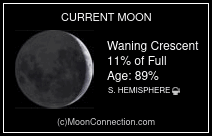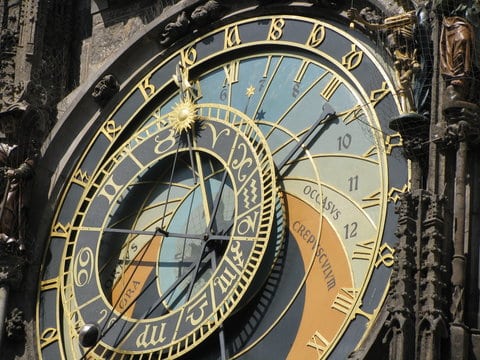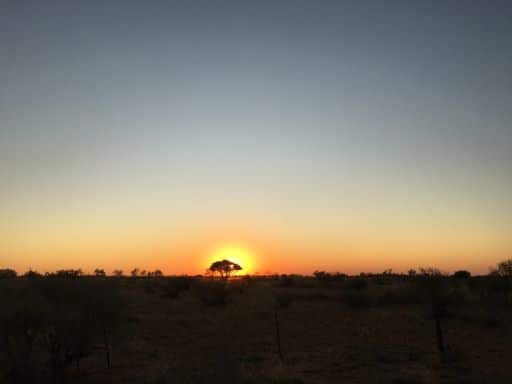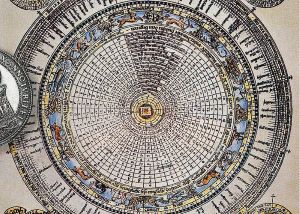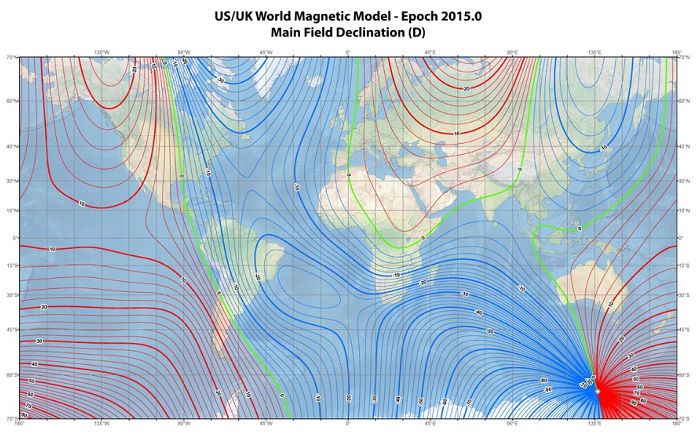1890 Photo of the Large Magellanic Cloud
Photography allowed Henry Russell to sail to a galactic island remote from us in space and time, and collect photons that themselves set sail 163,000 years ago
A beautiful and significant photograph
Henry Chamberlain Russell (1836 –1907) was an Australian astronomer and meteorologist. He joined the Sydney Observatory under Rev. W. Scott. From 1862-64 he was acting director and succeeded G. R. Smalley as government astronomer on 12 July 1870, and held the position for 35 years.
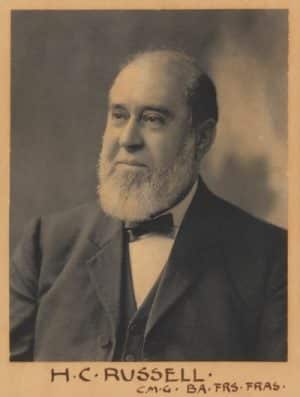
Henry Chamberlain Russell (1836 –1907)
Russell was a pioneer of astronomical photography and he worked on two internationally significant photographic projects. The first was the organisation of photography for the New South Wales section of the 1874 Transit of Venus (his photographs of the transit were thought ‘the best and most complete’ and contributed much to the final analysis of data). The second was the ill-fated Carte du Ciel project, which involved 18 observatories around the world. The plan was to record the whole sky photographically to magnitude 14, as well as to measure magnitudes and positions for some two million stars to magnitude 11 (the Astrographic Catalogue). It was never completed, and the project abandoned 75 years later. (The original data are still on the astrographic plates, the majority of which are in good condition, but only cover half the sky.)
His most significant photograph was of the Large Magellanic Cloud. It was the first to resolve individual stars in another galaxy. But this wasn’t appreciated at the time because the true nature of galaxies wasn’t discovered until 34 years later, on December 30, 1924, astronomer Edwin P. Hubble (1889-1953) eliminated any doubt that Andromeda was extragalactic, proving for the first time that our own Milky Way was but one of many galaxies in the vast universe.
This was his description of the photograph:
“The photograph shows the nubecula major after 7 hours 30 minutes exposure – from 8.57 p.m. October 17, 1890, to 4 a.m. on 18th. The night was fine and clear throughout, and the photograph was very successful, marred only by a stain on the plate, which fortunately is not serious… On the preceding side may be seen three spiral groupings of stars, on the north side another, and on the following side, a little below the middle line, is a circular patch of nebulous light, very faint here, but visible in three negatives, and may therefore be assumed to be a fact, while about the main mass are numbers of clustering stars arranged in a way that is very suggestive of spiral structure… Altogether so much is revealed by this photograph and so much suggested that I regret exceedingly the want to more powerful camera, by means of which additional detail could be brought out of the most complex object which photography has yet revealed to us.”
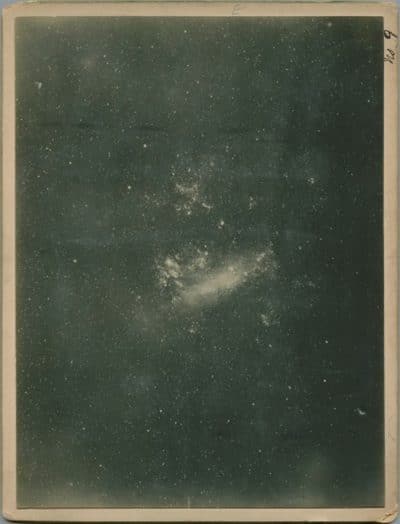
Russell’s black and white photograph of the Large Magellanic Cloud. The photograph is mounted on a piece of cardboard with a gold leaf edge. Annotations handwritten in ink are thought to have been made by Russell



